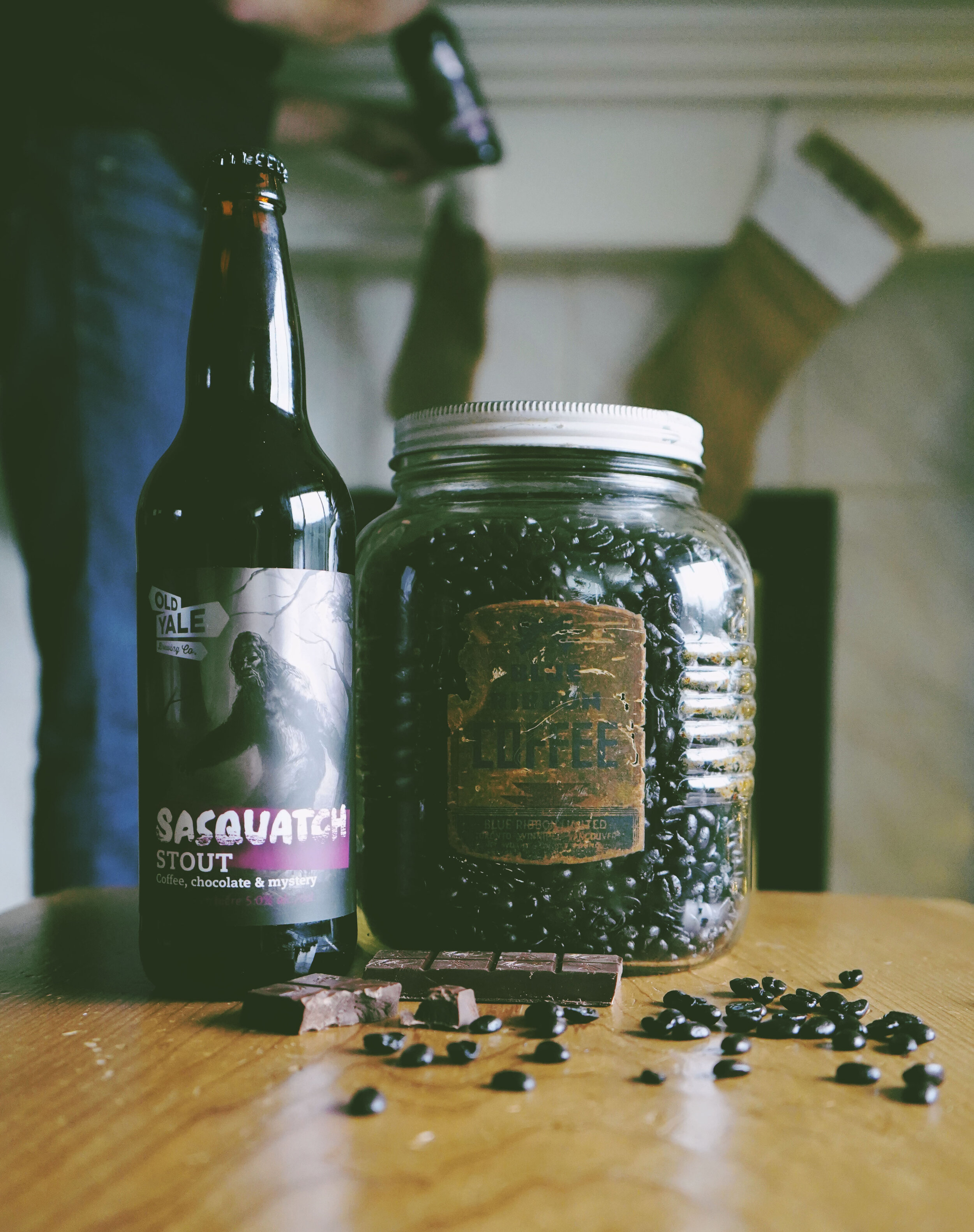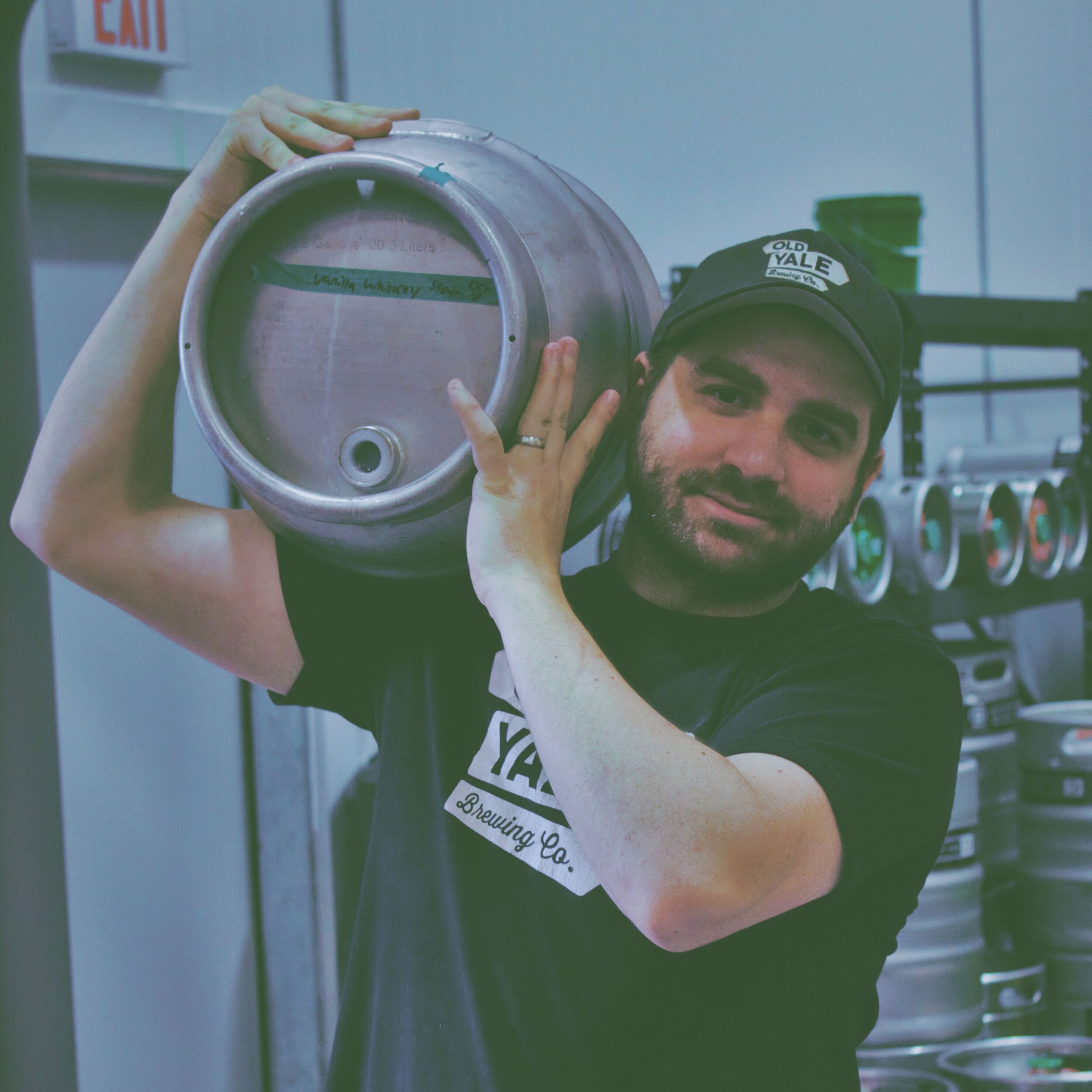Welcome, beer enthusiasts, beer-curious folks, and anyone who's ever wondered why malt sounds like something you’d avoid. Today, we're unraveling the mystery behind malt in brewing, and trust us, it’s worth a read…
Hop Profiles: Because Hops Deserve Standing Ovations (And Maybe a Tiny Crown)
Craft Beer 101: How to Charcuterie with Beer
If you’re anything like us, sipping and snacking in your backyard on a sunny day sounds like absolute craft beer heaven. And it’s because of that desire (and our need to be experts in all thing craft beer), we put together a little “How To” blog for ya. So, let’s get into it. We’re talking Charcuterie, we’re talking Beer, we’re talking Charcuterie with Beer. Get ready…
Craft Beer 101: Getting to know the Stouts
It’s time for THE best beer drinking holiday…St. Patrick’s Day! And what better brew to be sippin’ on than one of our deliciously creamy Irish Cream Imperial Stout’s! Seriously, it’s the gold at the end of the rainbow. Stout’s have been popular for a loooong time with the first Stout documented in around 1677 and have remained popular throughout time (obviously!). So in celebration of our wonderful Irish Cream Stout we love so much and for St.Patrick’s Day, we decided to dive in a little more to the history behind all the different styles of Stout! Because what’s St. Paddy’s Day without a Stout?!
As you Stout lovers already know, Stout’s are darker beers in colour with lots of different variations such as Chocolate, Oatmeal and even Oyster Stouts…Yeah dunno how to feel about that one. Stout means “Strong” which is fitting for the taste and “Brave” which is how we feel after drinking a couple Stout’s and getting the courage to sing Mariah Carey Karaoke. We have two awesome stouts here at Old Yale: Our Sasquatch Stout and our Irish Cream Imperial Stout!
Our Irish Cream Stout you know, and love is what’s called an “Imperial Stout”. An Imperial Stout is a darker/ stronger and bolder beer with alcohol content being usually over 9% and is one of the darkest beer styles available. The flavour’s in these stouts tend to be more herbal, spice and coffee forward. Imperial Stout was first produced by Fritz Sick in Prince Alberta, then taken over and produced by Molson in 1958 and remains one of the most popular beers with Craft Brewers throughout North America. Nowadays the word “imperial” is sometimes added to other styles of beers besides just stouts to signify a stronger type of beer, for example: Imperial IPA’s, Imperial Pilsners…
Our infamous Sasquatch stout is a hybrid between a dry Irish stout and an Oatmeal Stout. It’s recipe and flavour profile tends to follow what would usually be a dry Irish stout, but it does contain oats with help build the body and mouth feel a bit more. Sounds Science-y right? That was from the brain of our Brew Master, we can’t take credit for that! Our Sasquatch Stout has notes of chocolate, coffee and dark roasted malts which pairs perfectly with your steak or even chocolate cake!
An Oatmeal stout’s utilize flaked oats help build the mouthfeel, providing additional creaminess and richness (Fun Fact this was once often suggested for new mothers to aid in lactation!). The Irish Stout, which is the most famous style of Stout (think Guiness!) is fairly dry,and has a simple yet delicious recipe of malted barley, roast barley and flaked barley! Then BOOM mix these two bad boys together and you have our Sasquatch Stout! You’re welcome.
The next style of stout you should know about is Pastry stouts. This ones a sweet one and defs the most yummy sounding stout considering we’ll be talking about the Oyster Stout next…Pastry Stouts, as the name says, tries to take the flavour profile of your favorite (chocolate) dessert and make them a beverage, usually very sweet, thick and heavy. So, we’ll need our stretchy pants if we’re planning on enjoying a couple of these tonight.
Sooo what the heck is an Oyster stout? Sounds a little nasty, right? Oysters have a long history with Stouts because they were a commonplace food in the 18th century while stouts began to become popular making Oyster’s an easy was a Oyster Stouts can use either whole raw oysters or just the shells in the brewing process, this helps provide the salts needed for brewing, but also lends a salinity to the final product
So what do ya think friends? Feeling in the St. Pattie’s Day spirit and love stouts as much as we do? Come join us on our patio for a pint or two!
Happy St. Patrick’s Day everybody!
Craft Beer 101: OYB Pro Tips
Over the years, we’ve found some secret concoctions, some delicious blends, and some ideal environments for getting the most out of our beer (yes, you WILL catch more fish if you do it while sipping on a Head Shaker Honey Lager… it’s science). But it wouldn’t be right to keep these secrets all to ourselves! So we’ve put together our list of pro tips for you to enjoy as well:
Craft Beer 101: Let's Dry Hop to it
You’ve probably seen a brew or two boasting the words “dry hopped”. This method is so popular, and for good reason! Dry hopping is known for bringing out the aromas of hops opposed to the perceived bitterness. Depending on the hop variety, think tropical, citrus, berry, floral, pine and minty notes. Delicious, right?
Craft Beer 101: A Guide to IPA Styles
Ohhh the many, MANY different flavours, colours and styles of IPAs. Once craft brewers got their hands on this beloved overly hopped pale ale they started pushing these hops as far as they could go - and we’re not mad about it! The result is 10 IPA variations, each beautiful, unique, and of course, gloriously hoppy.
Craft Beer 101: What is a Crowler?
No, it’s not a typo. A Crowler is a thing. A magnificent thing. By now, most people have heard of a Growler...we think. For anyone who hasn’t, a Growler is a large bottle of sorts that is used to transport craft beer so that you can enjoy it anywhere! Many even boast a collection of them from far and wide. These beautiful vessels have become a part of today’s craft beer culture and have allowed for a fresh craft beer experience straight from the source.
Craft beer 101: West Coast IPA vs. East Coast IPA
Craft Beer 101: What exactly Is a Cask?
If you're a veteran craft beer fan, then chances are you already know what a Cask is... this blog probably isn't for you (unless you're looking for a refresher)... no, this one's for the new craft drinkers or anyone who's seen our #BlastfromtheCask posts on social media and have kind of always wondered what the hell we were talking about. In a nutshell (in case you don't want to read the full blog), Cask Beers are all about adventure. They give us a chance to try something new and fun, and most importantly allow our beloved customers to have an even more unique Old Yale experience. So, if you're intrigued, keep reading to find out what a Cask is and why we love them...
What is a Cask and how is it made?
A Cask conditioned-beer (or real ale) is a beer that has been through a fermentation process twice; the initial or primary fermentation (which all of our Old Yale beers undergo), followed by a secondary fermentation and conditioning process, while no gas is added to a Cask, it has a natural carbonation due to the carbon dioxide that is produced - this provides a creamier head and generally lower-carbonation level than our packaged or draught product.
The secondary fermentation/conditioning process is done in a barrel-like container made of metal (you guessed it...) a Cask!
Once the beer has been through the full brewing process, a portion is transferred into the Cask. Priming sugars and yeast are then added and the secondary fermentation process begins. This is also when additional ingredients are added for taste, flavour and to make it a unique beer experience. The Cask is then sealed and left to condition at cellar temperature for approximately two weeks. Once ready, the Cask is chilled, then tapped and served!
CAMRA - Campaign for Real Ale...
In the early 1970s, an organization called CAMRA (Campaign for Real Ale Society of BC) coined the term 'real ale' for traditional draught Cask beers to distinguish them from processed and highly carbonated beers being promoted by big brewers. The organization is dedicated to the promotion and responsible consumption of natural, crafted beer, just like us at Old Yale Brewing! They're a HUGE part of why we decided to create a weekly Cask program at Old Yale - to celebrate the tradition of Craft Beer while experimenting and of course, having fun!
What can I expect from a Cask Beer?
One of the reasons we love offering Casks at Old Yale is because it gives us a chance to experiment with flavours and styles. Whether we're adding different unique hops to the equation, playing with spices, fruit and teas or just giving our beers the ol' boozy kick it needs, the opportunities are almost endless. Some of our favourite past "Blasts from the Casks" or "Blasts from the Past" if you will, are:
+ Oak Whiskey Porter (7.7%) - our rich, dark & delicious Himalayan Salted Caramel Porter conditioned on Whiskey soaked American Oak.
+ Mojito IPA (7.0%) - Our bold and hoppy West Coast IPA cask conditioned with Mint, Lime and White Rum.
+ Lime Match Blonde (5.0%) - our crisp, clean & straightforward Knotty Blonde Ale with herbal and floral notes from stone-ground Japanese Green Tea, complimented by citrusy, bright Limes.
+ Azacca Lupulin Pale Ale (5.0%) - perfectly balanced and refreshing Off Trail Pale Ale with a citrusy and tropical boost from the Azacca Lupuplin powder.
+ Mango Tequila Sunrise (6.5%) - Our smooth and tropical Moon Dance Mango Wheat conditioned on Orange Peel and White Tequila
Where can I try a Cask beer?
If you’re interested in trying a Cask, you’re in luck! They have become increasingly popular over the past decade and are quite the fan favorite here at Old Yale Brewing. Casks are an excellent way for you to try something different and experiment with beers you already enjoy, while celebrating the traditional side of Craft Beer.
In fact, every Wednesday in our Tasting Room, we tap a one-time only Cask at 2pm. We call it "Blast from the Cask" and it's always a good time. To find out what each week's Cask will be, follow us on Facebook, Instagram and Twitter, we release the Cask info every Monday. Cheers!
Craft Beer 101: What's yeast used for in craft beer?
Craft Beer 101: How long will my growler fill last?
Craft Beer 101: CO2 vs. Nitrogen in Beer
Co2 or Nitro: which would you choose for your next pour of craft beer? Learn the basics of each so you can make an informed decision next time you have the option.
WHAT DOES CO2 DO FOR BEER OTHER THAN FIZZINESS?
CO2 (Carbon Dioxide) is a non-toxic gas that is produced by the yeast during fermentation. It carbonates the beer and makes it fizzy but it also does a few other things:
+ The CO2 reacts in beer to make it more acidic (lowers the pH) and this changes the flavour of the beer. The lower pH makes it a more zippy and less lingering flavour on the palate.
+ The lower pH from the CO2, along with it not being usable for respiration, helps protect beer from bacteria and foreign yeast. This makes it a very clean beverage and helps it last longer on the shelf.
+ The bubbles and foam in beer are because of CO2. The beer itself makes up the liquid bubble wall and the CO2 fills the bubble. Oxygen doesn’t react with the beer the same way so if bubbles are formed that are filled with oxygen they will pop quickly and disappear.
+ CO2 also helps to increase the aroma and flavour of the beer. As CO2 escapes the beer through the bubbles/foam, it takes with it some of the aromas. This helps us smell the amazing aromas in the beer as we drink it and of course most of our taste is based on smell.
WHAT DOES NITROGEN DO FOR BEER COMPARED TO CO2?
Even beer with Nitrogen still has CO2 in it. CO2 is produced by the yeast during fermentation so it is always a part of the beer, but we can also manually add nitrogen later in the process. The nitrogen has a lot of similarities to CO2 in that it forms bubbles and it increases the aroma and flavour. It has some very important differences, though:
+ Nitrogen does not react with beer like CO2 to lower the pH so the beer tastes less acidic than with CO2 and therefore tastes thicker, more full and a little more lingering on the palate.
+ Nitrogen does not want to dissolve into beer as easily as CO2 does and once it is in there it doesn’t want to come back out, and so it reacts differently with the beer and forms much smaller bubbles. This gives the beer a much thicker foam that lasts longer. This is also why nitrogen beers are poured with a special beer font and why special cans and bottles are made for nitrogen beers. These devices force the Nitrogen to come back out of the beer and create the bubbles/foam and help lift the aroma and flavour.
So, there you have it! Which do you think you'll choose next time you have the option - CO2, or Nitro?



















